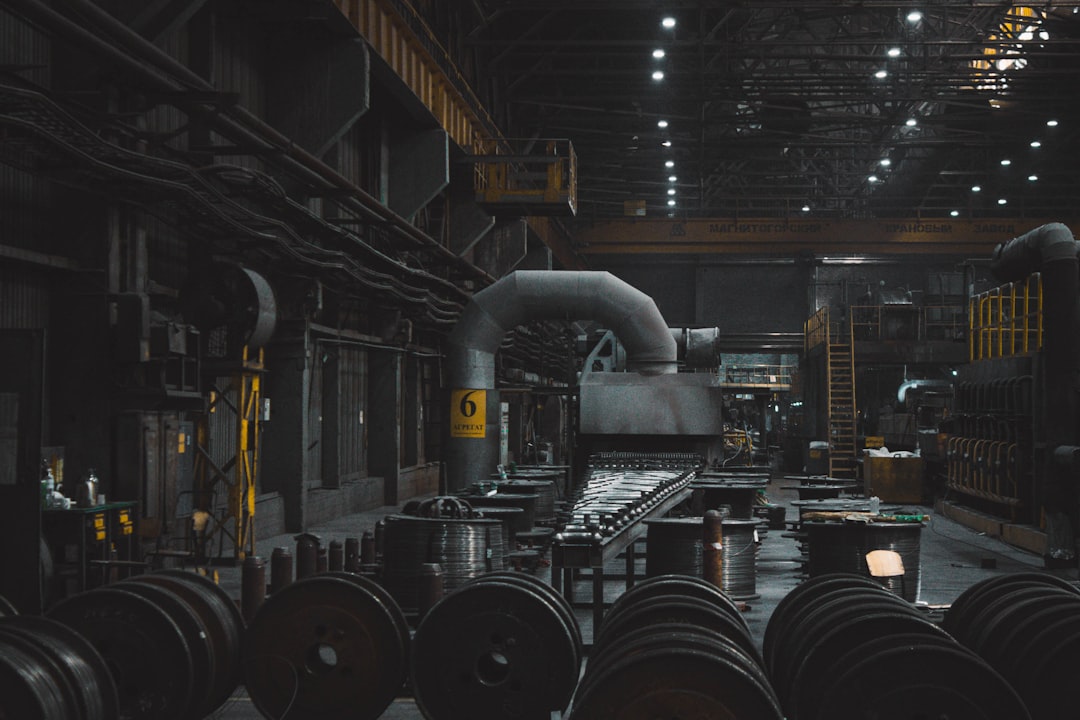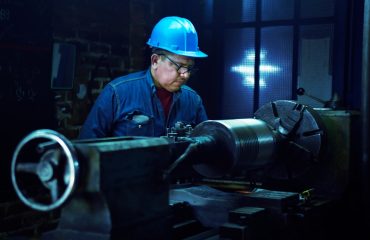Cogeneration systems, also known as combined heat and power (CHP) systems, offer a highly efficient way to generate both electricity and useful heat from a single fuel source. This efficiency is significantly impacted by the materials used in their construction, with steel playing a pivotal role. The demanding conditions within these systems – high temperatures, pressures, and potential corrosive environments – necessitate the careful selection of appropriate steel grades to ensure optimal performance, longevity, and safety.
Choosing the Right Steel Grade for Cogeneration Applications
The selection of steel for cogeneration components depends heavily on the specific operating parameters of the system. Factors such as operating temperature, pressure, and the nature of the working fluid (e.g., steam, combustion gases) all influence the choice of material. Commonly used steel grades include carbon steels, low-alloy steels, and various stainless steel grades. Carbon steels offer a good balance of strength and cost-effectiveness for lower-temperature applications. However, for higher-temperature and corrosive environments, low-alloy steels with enhanced creep strength and corrosion resistance or stainless steels with their inherent resistance to oxidation and corrosion are preferred. Specific grades like 1018, 1020, and 4130 carbon steels are sometimes used for less demanding parts, while 304 and 316 stainless steels are frequently used in components exposed to high temperatures and corrosive agents like steam and flue gases. The selection process often involves detailed material property analysis and finite element analysis (FEA) to ensure component integrity under operating conditions.
Corrosion Resistance: A Critical Factor in Steel Selection
Corrosion is a major concern in cogeneration systems, particularly in components exposed to high-temperature steam, flue gases containing sulfur compounds, and potentially aggressive chemicals. The choice of steel must consider the specific corrosive environment. Stainless steels, particularly those containing chromium and molybdenum (such as 316L), offer excellent corrosion resistance in various environments. However, even stainless steels can be susceptible to specific types of corrosion, such as pitting or crevice corrosion, so careful consideration of the operating conditions is essential. Protective coatings or specialized corrosion-resistant alloys might also be necessary in particularly harsh environments. Regular inspection and maintenance are also crucial in mitigating corrosion and extending the lifespan of steel components.
High-Temperature Strength and Creep Resistance
Many components within cogeneration systems operate at elevated temperatures, often exceeding 500°C (932°F). At these temperatures, creep – a time-dependent deformation under sustained stress – becomes a significant concern. For high-temperature applications, specialized steels with enhanced creep resistance are necessary. These often include low-alloy steels with additions of elements like molybdenum, chromium, and vanadium, which improve high-temperature strength and creep resistance. The selection of these steels involves careful consideration of the stress levels, operating temperature, and required component lifespan. Proper heat treatment is also crucial for achieving the desired mechanical properties and ensuring optimal performance.
Steel’s Role in Boiler Construction and Efficiency
The boiler is a critical component of any cogeneration system. The boiler tubes, headers, and pressure vessels are subjected to high temperatures, pressures, and corrosive environments. High-quality steel, often specialized alloys, is crucial for ensuring the boiler’s efficiency, safety, and longevity. The selection of steel for boiler tubes depends on the type of fuel used and the operating pressure and temperature. For instance, water-tube boilers often utilize high-temperature, high-pressure steels to withstand the demanding conditions. Proper welding techniques are also essential in boiler construction to maintain structural integrity and prevent leaks. The efficiency of the boiler is directly linked to the ability of the steel to withstand these conditions without failure or significant degradation.
Maintenance and Inspection: Extending the Life of Steel Components
Regular inspection and maintenance are vital for ensuring the safe and efficient operation of cogeneration systems. This includes visual inspections for signs of corrosion, cracking, or deformation. Non-destructive testing (NDT) methods, such as ultrasonic testing and radiographic testing, can be employed to detect internal flaws or defects. Scheduled maintenance, including cleaning, repairs, and replacement of worn-out components, can significantly extend the lifespan of the steel components and prevent costly downtime. Proper maintenance practices also contribute to the overall efficiency and safety of the cogeneration system, minimizing the risk of accidents and maximizing the return on investment.
In conclusion, the selection and proper use of steel are paramount to the success of any cogeneration system. Careful consideration of operating conditions, material properties, and maintenance practices are essential in ensuring the efficiency, safety, and longevity of these vital energy-generation facilities.
SEO-Friendly Tags:
- Cogeneration Steel
- Steel for CHP Systems
- High-Temperature Steel Applications
- Cogeneration System Materials
- Corrosion Resistant Steel for Energy




